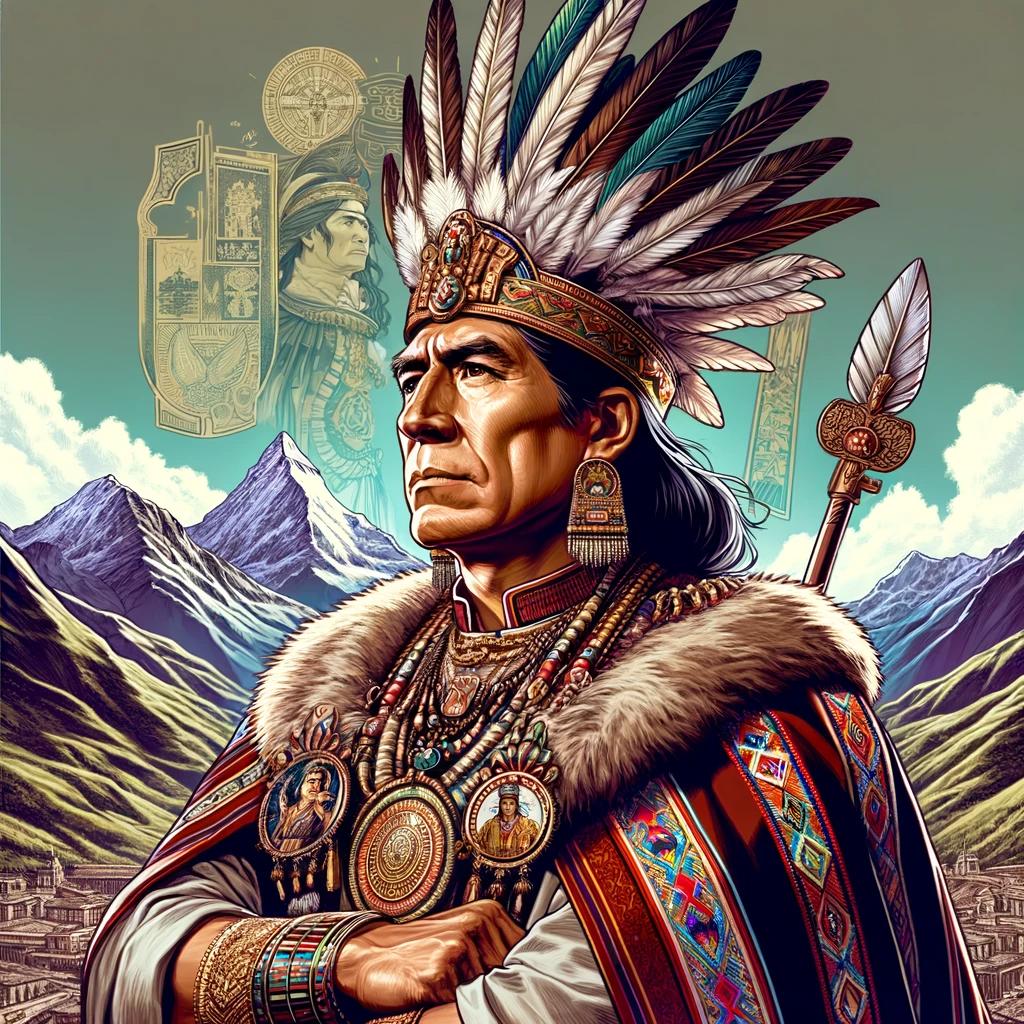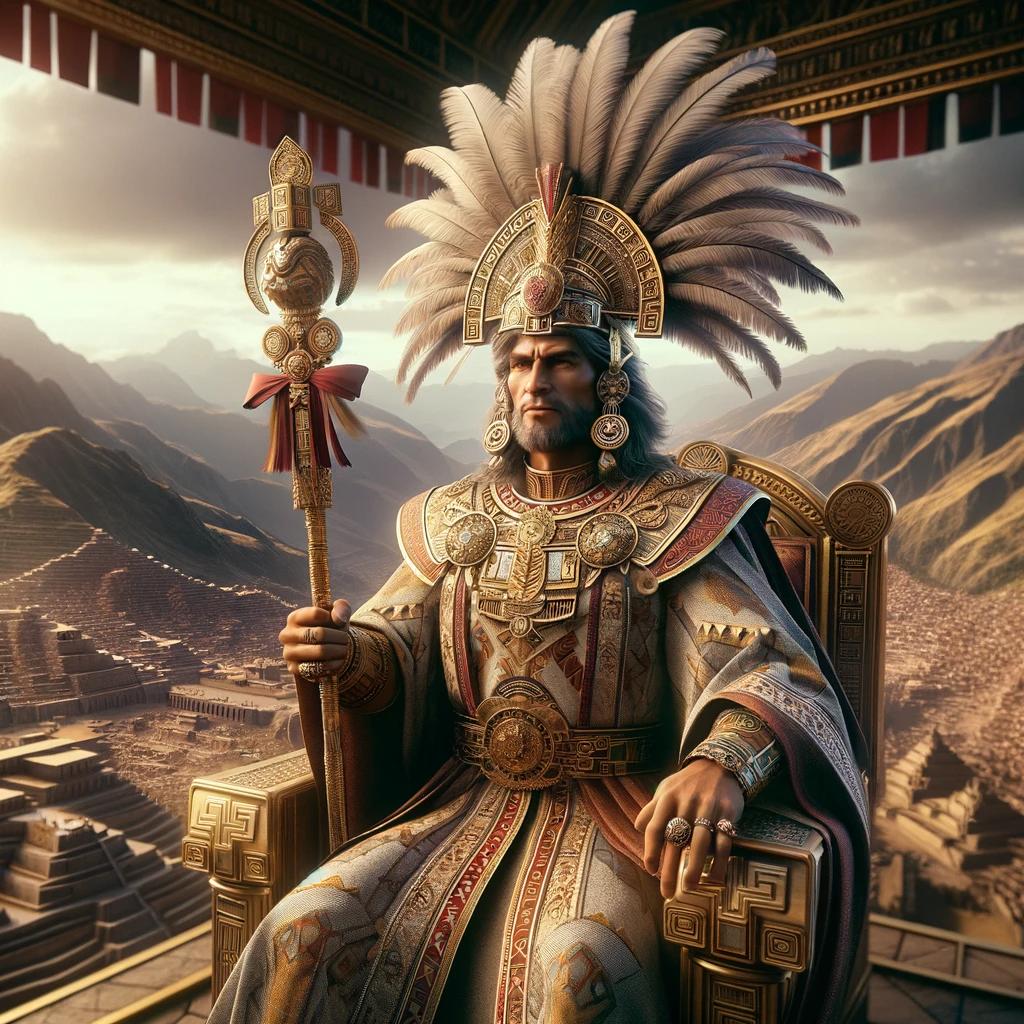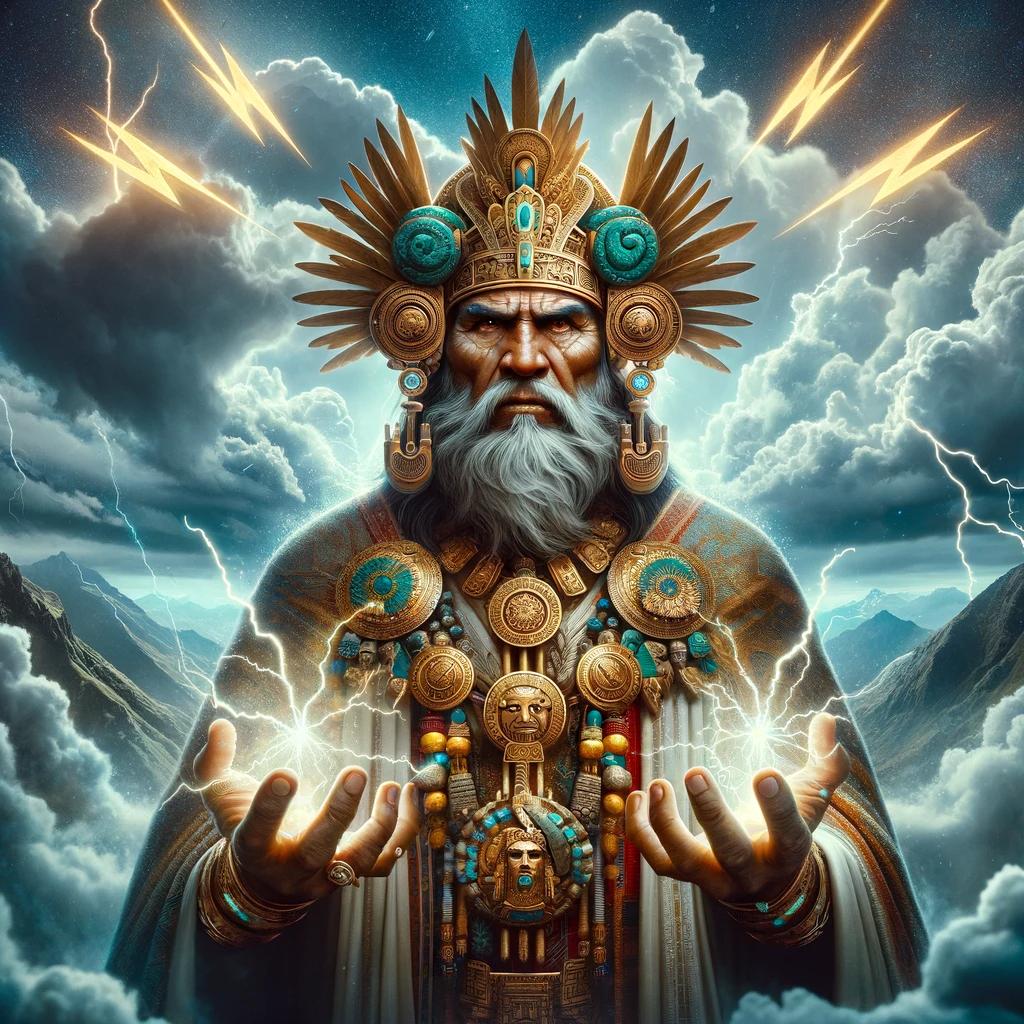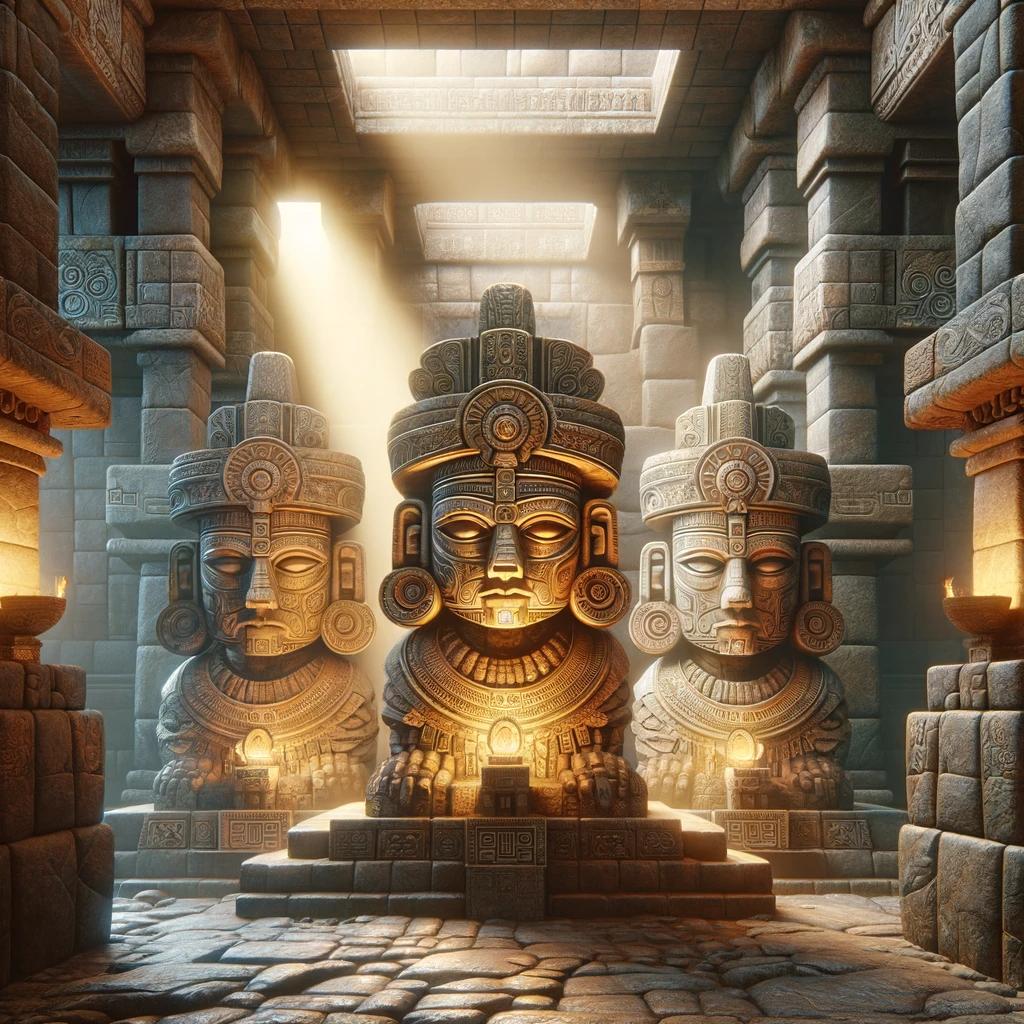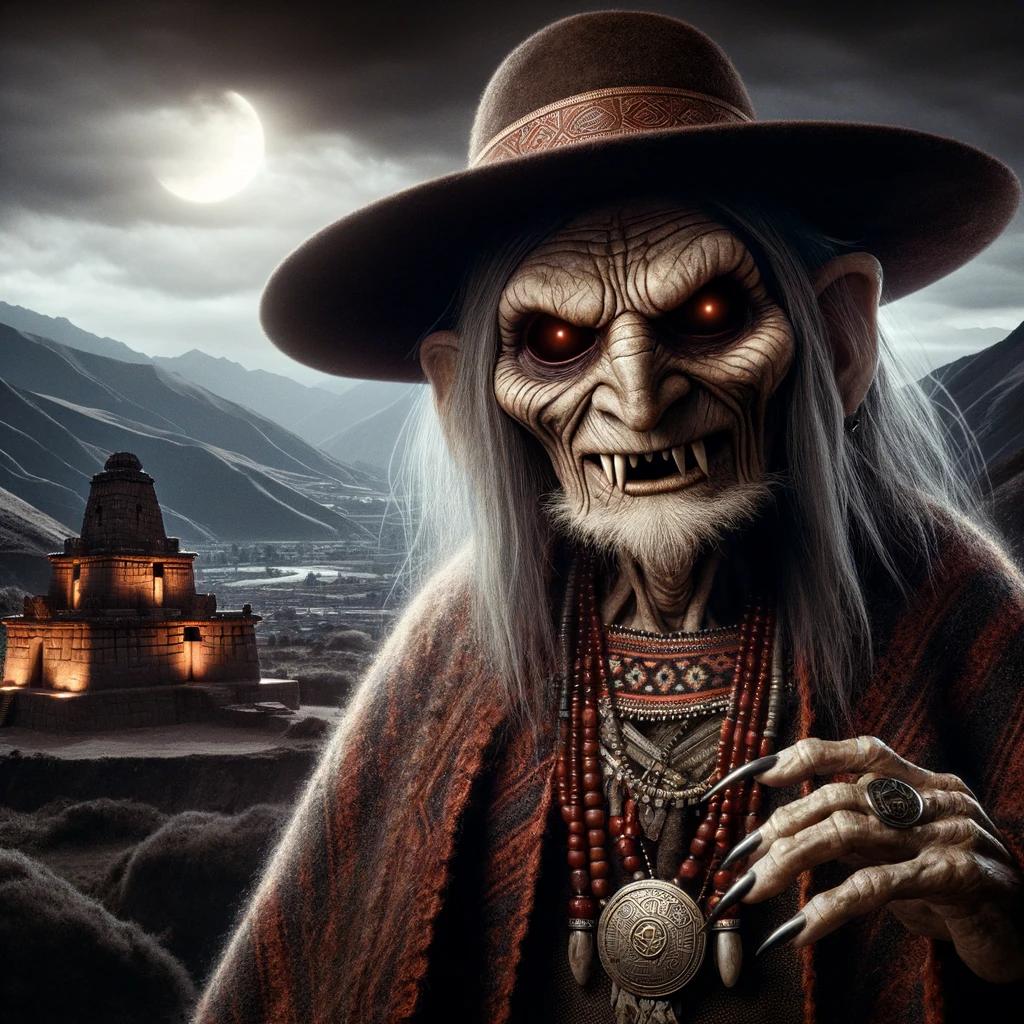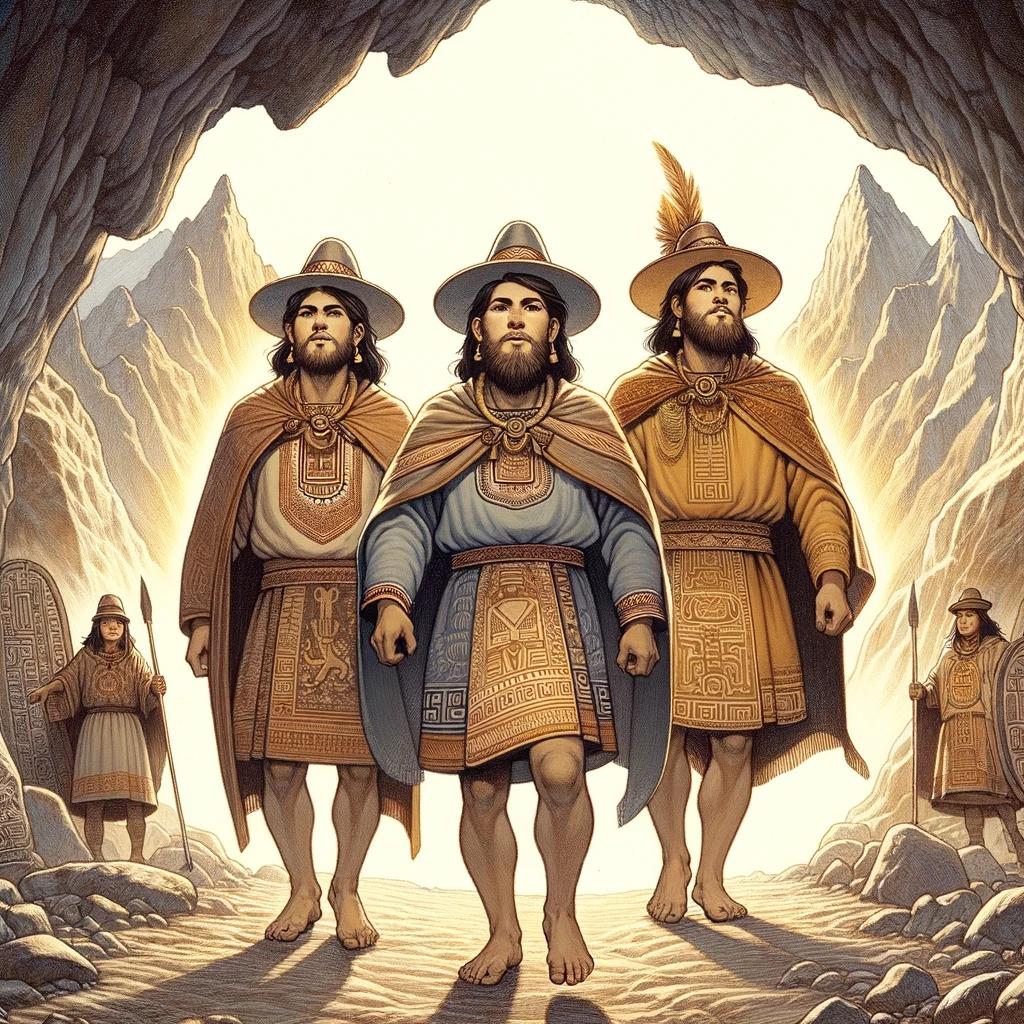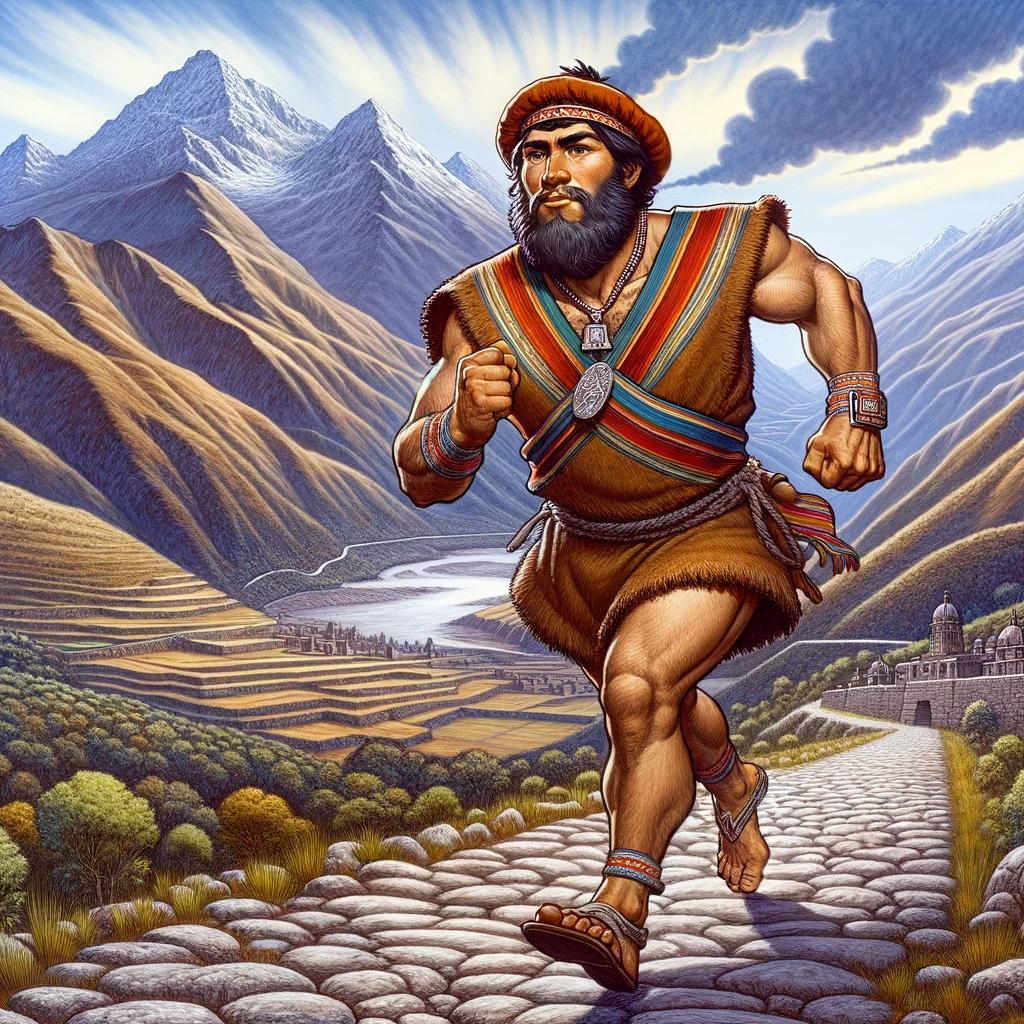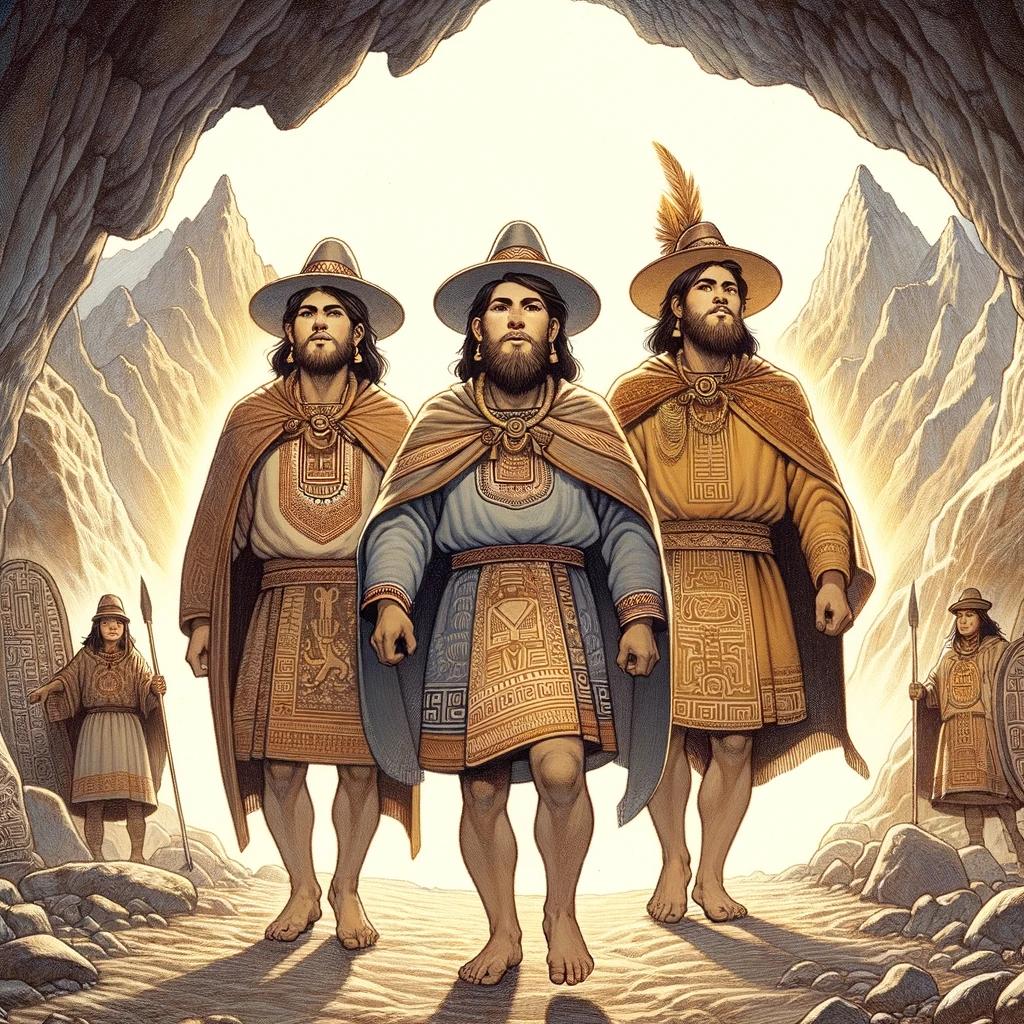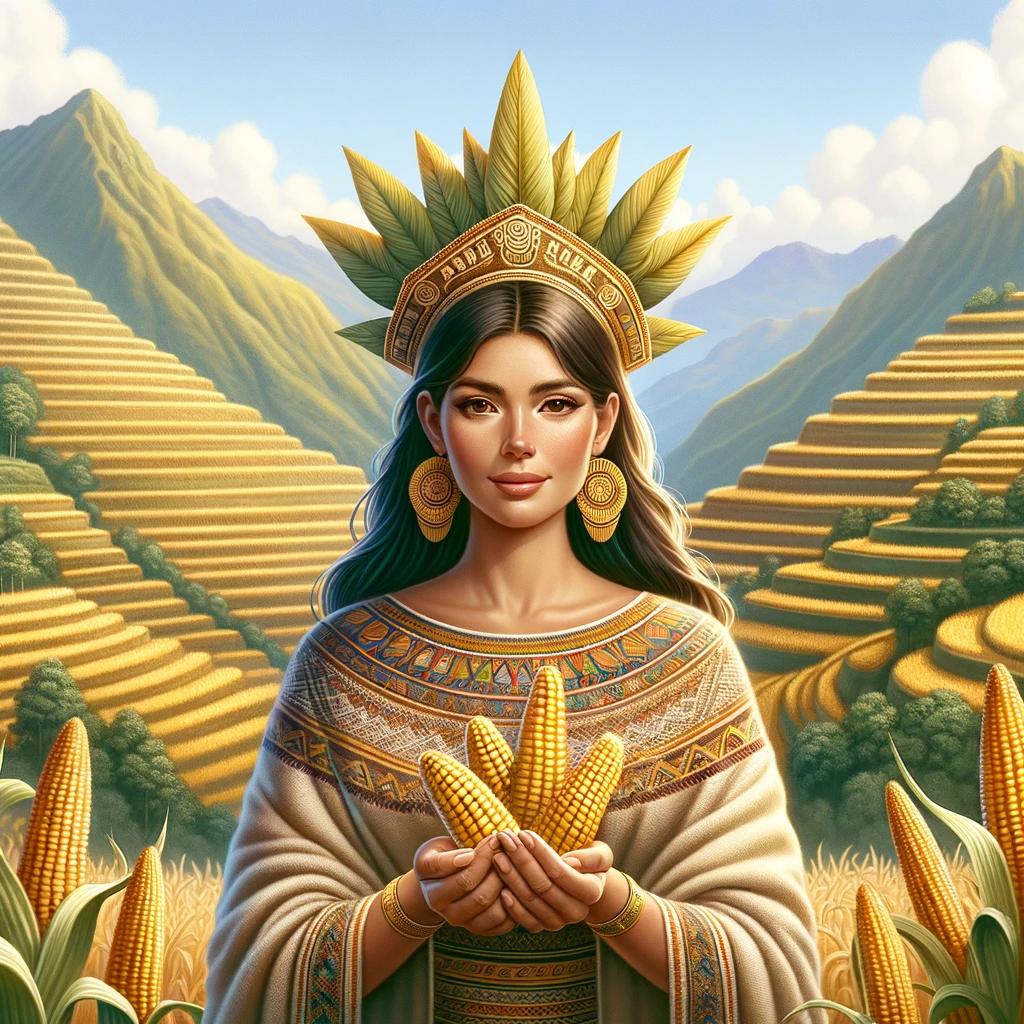Emperor Tupac Amaru: The Last Inca Emperor and His Legacy
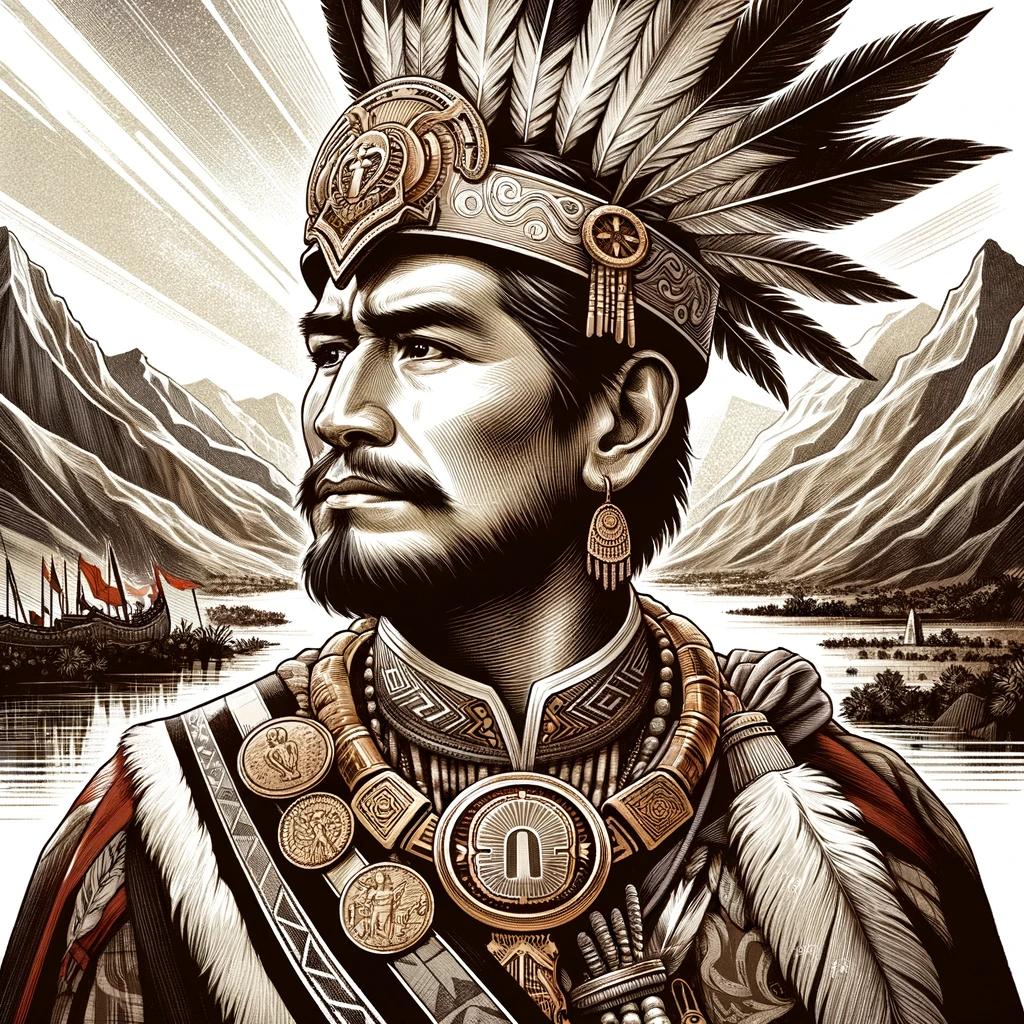
Emperor Tupac Amaru, also known as Tupac Amaru Inca, was the last sovereign of the Inca civilization, whose reign marked a significant period in South American history. His ascension to power, innovative leadership style, and the challenges posed by the Spanish conquest significantly influenced his rule and the fate of the Inca Empire.
The Amaru Rebellion, driven by a combination of socioeconomic, cultural, and religious factors, highlighted Tupac Amaru’s vision for rejuvenating the Inca state and had a profound impact on the region. The execution of Tupac Amaru and its aftermath continue to be pivotal topics of historical analysis and debate.
Today, the legacy of Tupac Amaru is revisited with great interest, drawing parallels and inspiring contemporary indigenous movements across South America. His story resonates not just as a tale of resistance against colonization, but also as a symbol of the enduring spirit of the Andean peoples and their ongoing struggle for justice and recognition.
Emperor Tupac Amaru: The Last Inca Emperor and His Enduring Legacy
Tupac Amaru Inca, known as the last emperor of the Inca civilization, played a crucial role in shaping the history and culture of South America’s Andean region. His leadership was a turning point in the destiny of the Inca Empire as he strived to preserve and enhance Inca traditions in the face of the advancing Spanish conquest.
The Rise of Tupac Amaru Inca
Tupac Amaru Inca assumed the throne in the early 16th century, at a time when the empire was grappling with the repercussions of Spanish colonial presence. Despite these adversities, his determination and innovative leadership qualities enabled him to unite his people and defend their way of life, echoing the resilience and spirit of the Andean skies and earth.
The Inca Empire: A Comprehensive Overview
Before Tupac Amaru’s reign, the Inca Empire flourished across the Andean region, renowned for its remarkable agricultural systems, advanced architecture, and sophisticated social structures. From its capital in Cusco, the empire extended its reach from present-day Ecuador to Chile, embodying the rich cultural and historical heritage of South America.
Tupac Amaru’s Leadership Style and Influences
Emperor Tupac Amaru’s leadership showcased a harmonious blend of traditional Inca values and forward-thinking strategies. Drawing on the wisdom of his ancestors and the vibrant energy of the Andean landscapes, he implemented measures to safeguard the empire from Spanish encroachment.
His ability to resonate with his people and unite them towards a common goal significantly amplified his influence and cemented his legacy.
The Spanish Conquest of the Incas: Impact on Tupac Amaru Inca
The advent of Spanish conquistadors, led by Francisco Pizarro, presented a formidable challenge to the Inca Empire’s sovereignty.
Tupac Amaru faced the arduous task of balancing resistance against the Spanish with the aspiration for a peaceful coexistence. However, the Spanish’s actions ultimately propelled Tupac Amaru to initiate the Amaru Rebellion.
The Amaru Rebellion: Causes and Consequences
The Amaru Rebellion stands as a watershed event in the history of the Inca Empire, fueled by a complex interplay of socioeconomic, cultural, and religious factors. This section explores the catalysts and profound significance of the rebellion, highlighting the motivations behind Tupac Amaru Inca’s revolutionary vision and its lasting impact on the region.
Socioeconomic Factors Leading to the Rebellion
The socioeconomic landscape of the Inca Empire experienced drastic transformations during the Spanish conquest. The introduction of encomiendas, forced labor, and exploitative economic practices exacerbated disparities between the indigenous population and the Spanish colonizers.
Escalating inequalities, land confiscations, and the disruption of traditional agricultural systems were pivotal in sparking the Amaru Rebellion.
Cultural and Religious Motivations of the Rebellion
The deeply entrenched cultural and religious traditions of Inca society were central to the motivations behind the Amaru Rebellion. The imposition of Christianity, suppression of indigenous rituals, and desecration of sacred sites challenged the Incas’ spiritual values and identity.
The rebellion emerged as a means to defend their cultural heritage and reclaim their religious freedom, illustrating the enduring connection between the people, the earth, and the skies above. This act of defiance was rooted in the meaning of ‘Amaru’ — a mythical being symbolizing liberation and resistance in Andean culture.
Tupac Amaru’s Vision for a Revitalized Inca State
Tupac Amaru Inca, often mistaken as a Mexican figure due to the widespread legacy of his name across cultures, was in fact a South American emperor whose vision for a revitalized Inca state was deeply rooted in the traditions of the Andean peoples.
His plans for rejuvenation extended beyond merely reclaiming lost territories; they encompassed a comprehensive revitalization of social structures, economic systems, and political institutions of the Inca Empire. By rallying various indigenous groups under the common cause of Inca identity, Tupac Amaru sought to foster unity and strengthen the bonds between the different communities, under the vast skies of the Andean landscape.
The Spread and Impact of the Rebellion
The Amaru Rebellion, ignited by Tupac Amaru’s call to arms, quickly spread across the regions of the Inca Empire, including the area around San Blas, drawing support from diverse social groups and communities affected by Spanish conquest.
Its impact was profound, marking a significant moment in the history of indigenous resistance against colonial forces. Although the rebellion faced military defeat, it became a beacon of defiance, inspiring numerous uprisings and movements for indigenous rights in South America in the centuries that followed.
This uprising highlighted the enduring spirit of ‘the two’ — Tupac Amaru’s vision and the collective will of the people.
The Execution and Aftermath of Tupac Amaru Inca
The final chapter of Tupac Amaru Inca’s life was marked by his capture, trial, execution, and the lasting impact he left behind. The events that unfolded in the city of Cusco and its surroundings encapsulate the tragic end of a leader who became an enduring symbol of resistance.
Captured and Sentenced: The Trial of Tupac Amaru
Tupac Amaru Inca was captured by Spanish forces led by José Antonio de Areche in 1572, near the city of Cusco. His trial was a pretext for the Spanish authorities to suppress the indigenous uprising and assert their dominance over the Andean peoples.
The trial of Tupac Amaru was not just a legal proceeding; it was a calculated effort to dismantle the unity and spirit of resistance among the indigenous population.
The Execution: Historical Accounts and Controversies
The execution of Tupac Amaru remains a subject of historical debate, with accounts varying on the methods used to carry out the sentence.
Regardless of the exact details, his execution in the heart of the Inca Empire served as a stark message from the Spanish conquerors to any who would dare follow in his footsteps.
Yet, the legacy of Tupac Amaru transcends the brutal circumstances of his death, symbolizing the unquenchable desire for freedom and autonomy among indigenous peoples.
Legacy and Symbolism of Tupac Amaru Inca
The legacy of Tupac Amaru Inca, encapsulating the spirit of resistance against colonial oppression, continues to inspire indigenous rights movements across the globe.
His name, embodying the meaning of a powerful and mythical being, serves as a rallying cry for social justice, cultural preservation, and self-determination among oppressed communities everywhere.
Historical Reflections: Evaluating Tupac Amaru’s Impact on Indigenous Rights
The life and rebellion of Tupac Amaru Inca have spurred ongoing reflections on the impact of colonialism and the struggle for indigenous rights.
His resistance movement is a cornerstone in the history of indigenous peoples’ fight for land, identity, and autonomy, offering valuable insights into the resilience and determination of these communities in the face of adversity.
Tupac Amaru: Comparisons and Inspirations
Tupac Amaru Inca and Tupac Amaru Shakur: A Shared Legacy?
The name Tupac bridges centuries and continents, linking Tupac Amaru Inca, the last emperor of the Inca Empire, with Tupac Amaru Shakur, a modern icon of resistance and change.
Despite the vast differences in their historical and cultural contexts, both figures exemplify the power of a name and a legacy that continues to influence and inspire movements for change and recognition, from the historical valleys of the Andes to the urban landscapes of today.
Tupac Amaru Inca, the legendary emperor whose name echoes through history, was not just a leader but a symbol of resilience and determination. His name, steeped in meaning, evokes the spirit of liberation and resistance against colonial oppression.
The term “amaru,” resonating with significance in Andean mythology, symbolizes the enduring struggle for freedom and justice. As the Tupac Amaru meaning suggests, he embodied the spirit of a mythical being, a revered figure in Inca lore.
On the other hand, Tupac Amaru Shakur, also known as 2Pac, carved his legacy in the annals of music history as a revolutionary voice. Born amidst the tumult of the late 20th century, Tupac Amaru Shakur, like his namesake, challenged the status quo and used his art as a platform for social change.
While Tupac Amaru Inca fought against Spanish colonization to reclaim the Inca state, Tupac Amaru Shakur waged battles on urban streets through his music. Both embraced the power of their names and the significance behind them, becoming beacons of hope and inspiration for their communities.
Connecting Tupac Amaru’s Rebellion to Modern Indigenous Movements
The spirit of resistance embodied by Tupac Amaru Inca reverberates through the ages, resonating with modern indigenous movements across the Americas. From the heights of Machu Picchu to the plains of Santo Domingo, indigenous communities continue to draw strength from his legacy.
Tupac Amaru’s influence extends beyond the realms of the Inca Empire, inspiring contemporary movements rooted in the struggles for justice and self-determination.
Indigenous movements, grounded in the terms of justice and self-determination, echo the struggles of their ancestors.
Much like Tupac Amaru Inca, they use every tool at their disposal to reclaim their land, culture, and identity, invoking the power of the earth and the skies above. In the tapestry of American mythology, Tupac Amaru emerges as a central figure, embodying the ideals of resistance and perseverance.
Reflections on Tupac Amaru’s Leadership and Influence in the 21st Century
In an era defined by upheaval and uncertainty, the leadership and influence of Tupac Amaru Inca offer timeless wisdom. His vision for a revitalized Inca state serves as a blueprint for modern leaders grappling with issues of identity, justice, and community.
Tupac Amaru’s legacy continues to inspire leaders across the globe, serving as a guiding light in the pursuit of a more just and equitable society.
As we navigate the complexities of the 21st century, the lessons of Tupac Amaru’s reign resonate with renewed urgency.
His legacy reminds us of the importance of standing up for what is right, using our voices and actions to shape a more just and equitable world. In the realm of American dragons, Tupac Amaru stands tall as a mythical figure, a serpent-headed symbol of resistance against tyranny and injustice.
Furthermore, Tupac Amaru’s legacy reminds us of the power of resistance, the significance of cultural identity, and the indomitable spirit that can drive change even in the face of formidable forces.
Tupac Emperor’s leadership inspires us to challenge the status quo and strive for a world where justice and equality prevail.
.

